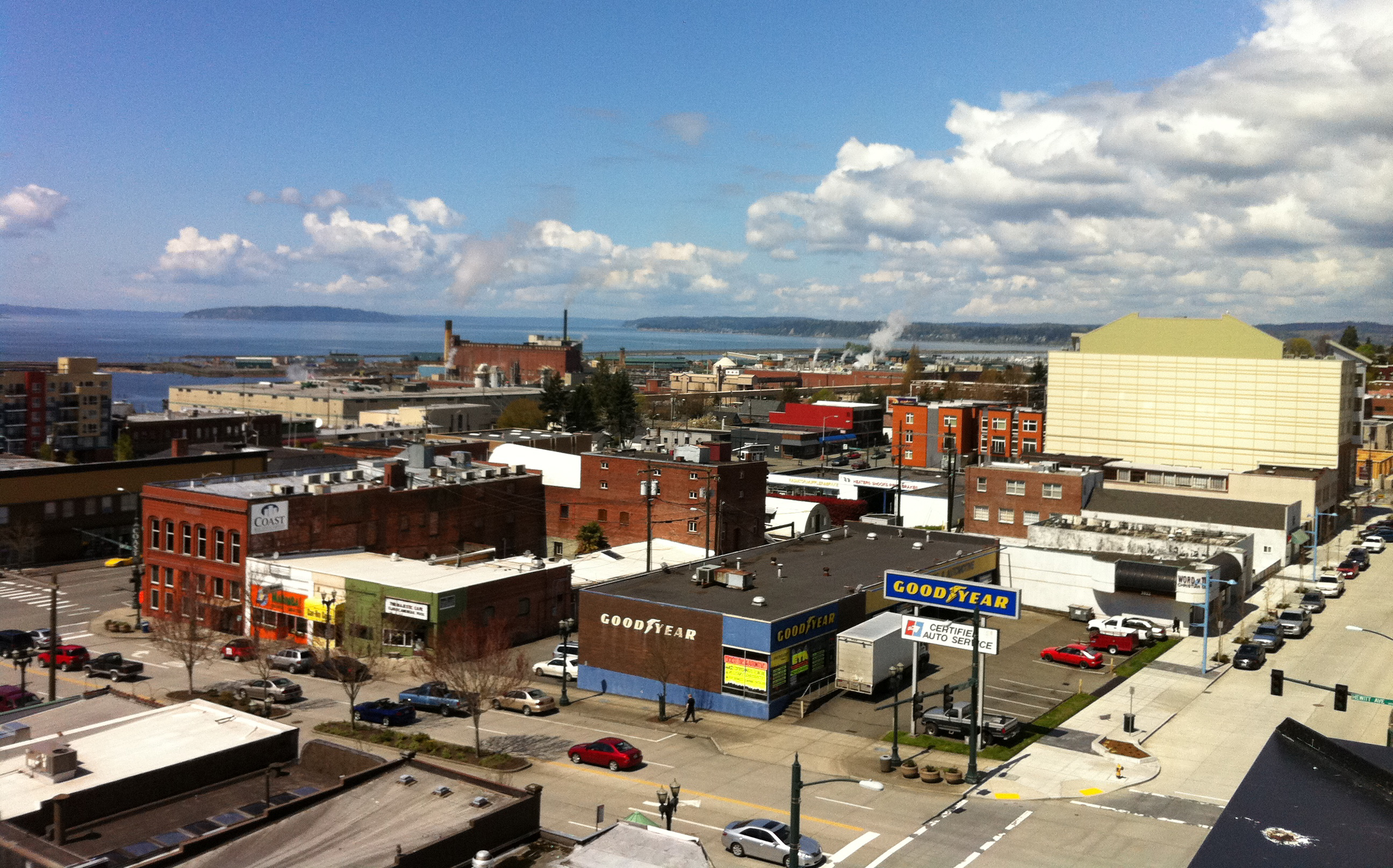
Everett is updating its comprehensive plan. The choices that the city makes will influence building patterns in the city and nearby areas for decades to come. The latest population estimate from the Census Bureau puts Everett at 105,370 people in 2013. In response to anticipated regional growth, the city is exploring three alternatives that would have it accommodate between 133,000 and 165,000 people by 2035. Anything within this range would require a significant increase in the growth rate for a city that has grown slower than surrounding communities for decades. What would it take to achieve these targets?
The Alternatives
Alternative 3 has the smallest growth, with a population target of 133,000. This is a “no action” scenario where trends toward reurbanization would simply build out more of the existing areas zoned for higher densities than what exists today. Most of this growth would occur in the downtown area, surrounding neighborhoods zoned for higher density, and in commercial zones along the north Broadway and Evergreen Way/Highway 99 corridors.
Alternative 2 is the medium growth option and, in this scenario, Everett would see growth to 143,000 residents. Rather than changing land use designations (e.g. from single-family to multi-family), the city would consider a few modest amendments such as increased building heights in the downtown area and more residential density in commercial zones. Lacking a specific driver for growth, Alternative 2 assumes that the market for urban living expands beyond Seattle and Bellevue to include Everett. In many ways, this appears to be the city’s preferred option.
Alternative 1 relies on future investment in high capacity transit (likely Link Light Rail) to spur redevelopment around transit stations and foresees 165,000 people living in Everett by 2035. Because funding for such investment is unknown, no specific action beyond those in Alternative 2 would take place to plan for higher growth at this time. Rather, the city would wait until the location and timing of rail stations become known, and then it would begin planning around future station areas.
In context, Link Light Rail currently has funding to reach Lynnwood by 2023; extending Link further north would require a new funding source. Sound Transit is considering options for its next phase of rail development, but this would be put to a vote in 2016 at the soonest. It is unclear what the timing and route for rail to Everett would be. The state requires Everett to update its plan in 2015, so planning for growth around rail stations would happen after the current comprehensive plan update.
City staff held a workshop with the Everett Planning Commission on September 2nd regarding the alternatives and assumptions above. Details such as where building heights and densities could increase are still to be determined. Readers of The Urbanist who have ideas are encouraged to share their thoughts with Everett staff. Feel free to discuss your ideas here on The Urbanist, but be sure to send them to the city planning director Allan Giffen as well.


